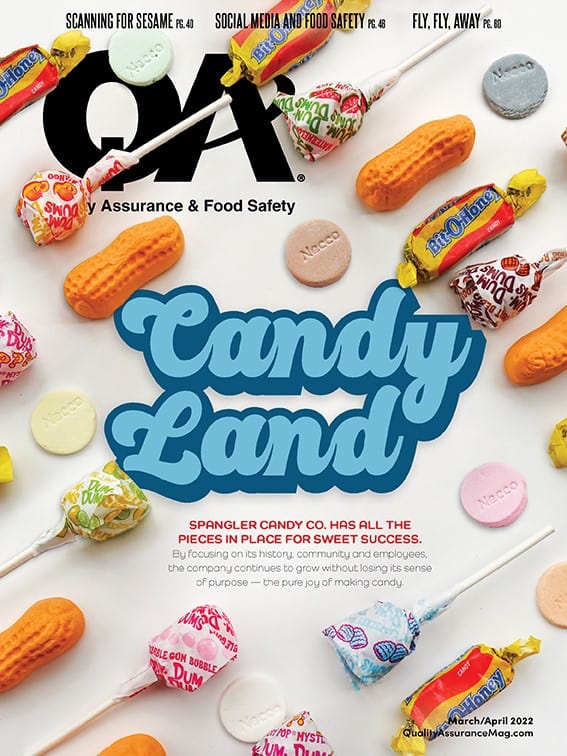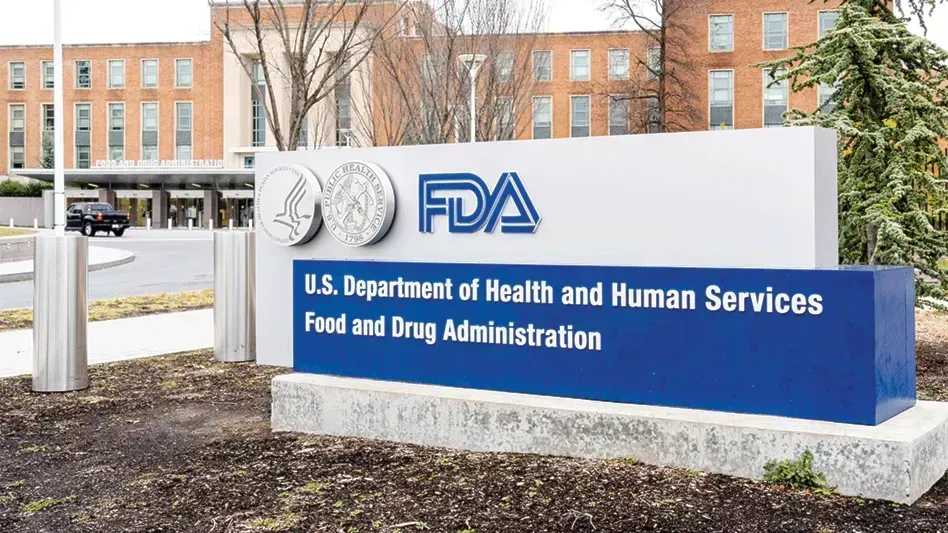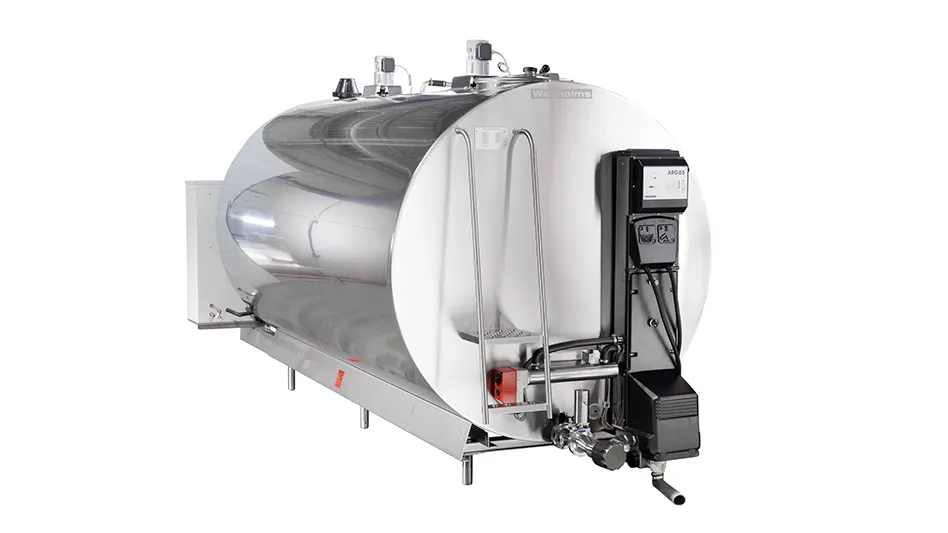

Making predictions on new food safety regulations that may come down year to year is always an interesting, though inexact, exercise. So when the Food and Drug Administration (FDA) provides a roadmap of its thinking, it makes sense to delve into it to discern the roads the agency is likely to go down in its upcoming regulations and inspections. Last month, FDA shared its latest list of planned guidance, which it expects “to publish as drafts or finals by the end of December 2022.” Among those were three focused directly on heavy metals — which I see as distinct roads on the agency’s planned enforcement:
- Action Levels for Lead in Juice; Draft Guidance for Industry
- Inorganic Arsenic in Apple Juice: Action Level; Guidance for Industry
- Action Levels for Lead in Food Intended for Babies and Young Children; Draft Guidance for Industry
FDA’s monitoring of metals is not new. In fact, I used those exact same words four years ago in an article discussing the agency’s aggressive movement in the monitoring and limiting of heavy metals in foods and how, “with scientific advances enabling increased detection and data, the agency is expanding its efforts to identify ways by which the levels can be reduced in foods.” At that time, FDA had established the Toxic Elements Working Group of 2017 intended to look at the presence of metals in foods and identify the areas where FDA can have the greatest impact on reducing exposures.
However, as found by both consumer advocacy groups and a February 2021 congressional report, levels of toxic heavy metals, including arsenic, lead, cadmium and mercury, are still being found in commercial baby foods that are raising concerns with some groups. Taking that a step further, the report stated, “the working group has not resulted in new or stronger regulations to protect babies from toxic heavy metals in their food.” While FDA’s first response to the report was rather languid, the agency came back later in the year with a bit more force in a letter to industry. The letter reminded baby and toddler food manufacturers “of their existing responsibilities related to these efforts,” and noted further initiatives that will be implemented for the safety of these foods, including increased inspection and taking any appropriate compliance and enforcement actions.
It’s not new, but expect FDA to take a closer look at heavy metals and how you’re covering them in your food safety plan.
It is likely due to both the increasing consumer advocacy and the congressional report that heavy metals are looking to be a key focus for FDA in 2022. Interestingly, however, it is the second time the three heavy metal topics are being included in an intended guidance list, with FDA having published a similar list in July 2021 that included these three with intended publication of that list of guidance by June 2022. Whether published by June, December or later, there is little question that FDA will be working toward heavy metal guidance — and testing for them in products.
While heavy metals can be toxic at high levels and be especially harmful to babies and young children, it also is essential to understand that heavy metals that occur naturally and as pollutants in air, water and soil enter the food supply when plants take them up as they grow. Thus, while heavy metals should be identified as a potential hazard in many foods, zero tolerance is not possible, so the associated risk must consider dose and relative exposure, not just presence. Additionally, even for foods for which FDA has set specific tolerance levels and will be publishing new guidance, the agency has made it clear that it has — and uses — the authority to take action on a case-by-case basis when a food is found to be adulterated through routine or targeted testing.
It is exactly for these reasons that a risk-based approach should be taken by regulators and the industry in setting tolerances for detectable levels and in determining controls. As a part of the Preventive Controls Rule of the Food Safety Modernization Act, heavy metals constitute a chemical hazard that requires a preventive control to “significantly minimize the potentially high levels of the toxic elements at or below the regulated levels.” And that hazard analysis and the determined preventive controls must be included in the written food safety plan for all potential heavy metals in your food. Regardless of what the rest of the guidance states, you can just about bet that inspectors will be assessing your food safety plan for that.

Explore the March April 2022 Issue
Check out more from this issue and find you next story to read.
Latest from Quality Assurance & Food Safety
- Food Safety Summit Keynote Focuses on Food Safety Leadership
- FDA Publishes Landmark Final Rule to Enhance the Safety of Agricultural Water
- The Wendy's Company Reports 2023 Corporate Responsibility Progress
- Local Bounti Opens New Controlled Environment Agriculture Facility
- Tröegs Partners with Patagonia Provisions to Introduce Kernza Lager
- Neogen Launches New Molecular Method for Detection of Two Salmonella Serotypes
- Standard Meat Company Appoints Keith Blanks as Chief Commercial Officer
- USDA Finalizes Policy to Protect Consumers from Salmonella in Raw Breaded Stuffed Chicken Products




